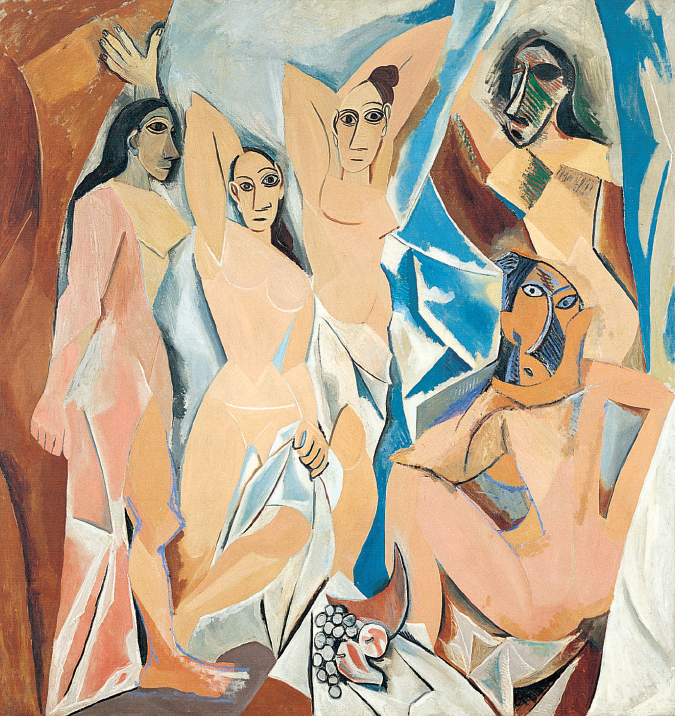5 | Modernist Music before World War I
The art of music never enjoyed (or suffered) a link to the tangible world that was comparable to representation in painting, or to the reference of words in literature. But it did have its own stable, generally accepted set of principles, its own traditional internal logic. This rested upon elements that we have discussed many times in this book: tune, motive, harmony, tonality, tone color, and rhythm.
The music of Bach, Beethoven, and Brahms was based on this logic, and so was the entire stream of Western European folk songs, popular songs, dances, military marches, and the rest. Avant-

With European music before World War I, we can lay special emphasis on developments in melody, harmony, and tonality, for on the whole, these features were the main preoccupations of avant-